- Home
- slideshows
- miscellaneous
- The new $400 Bose 700 wireless noise-cancelling headphones are nearly perfect
The new $400 Bose 700 wireless noise-cancelling headphones are nearly perfect
It's nice to see a fresh and modern design for Bose headphones.

Sound quality is refined, balanced, conservative, and clear.
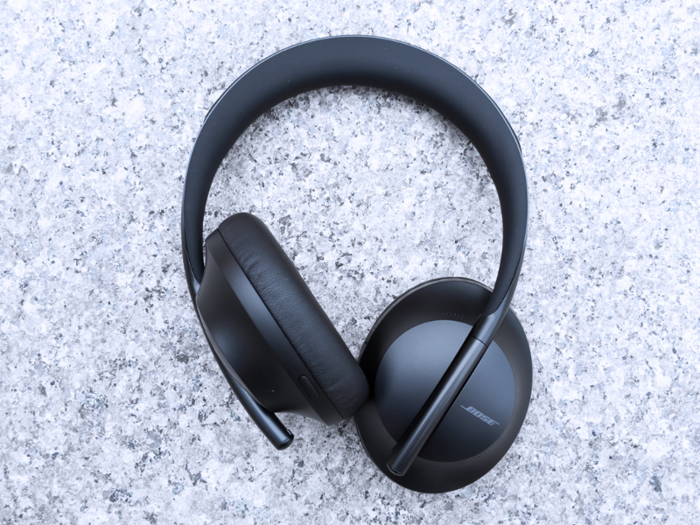
The Bose 700 unsurprisingly deliver great audio quality, but they might be a little reserved for some, especially for those who enjoy a little extra bass, especially the kind of rolling bass that envelops your ears.
At launch, there's no option to tweak equalizer settings to boost the bass or tweak other frequencies, like mids or treble. But Bose told me that equalizer settings will be coming to the Bose Music app, which give you control over settings of the Bose 700, in the next few months.
For those who want more exciting sound and ultimate control in equalizer tweaking, I'd recommend the Sony WH-1000XM3 headphones, which are often said to rival — and even beat — the classic choice in $350 wireless noise cancelling headphones, the Bose QC35 II.
With that said, the $400 Bose 700 beat the Sony WH-1000XM3 headphones in two key areas.
Bose regains the noise-cancelling crown from its Sony rivals, but for $50 more.

Many reviewers say the noise cancelling on the Sony WH-1000XM3 headphones is better than the Bose QC 35 II headphones. I can see why they've come to that conclusion, but I'd rather say both headphones do better at cancelling out certain noises than the other. They're equal in noise cancelling, but excel at different things.
With the Bose 700, it's pretty objective. They're better at noise cancelling than both the QC35 II and WH-1000XM3s. It's not a magical revelatory experience over the incumbent Bose and Sony headphones, but it's better. QC35 owners need not run out to buy the new Bose 700 for the noise cancellation alone.
The biggest improvement in these headphones? People on phone calls can actually hear me when I walk around the insanely noisy New York City streets.
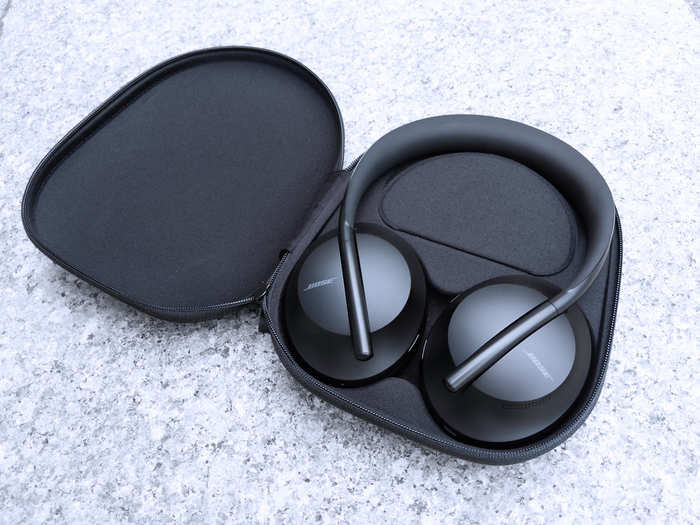
This is revelatory.
I get more questions about phone-call performance on wireless noise cancelling headphones than any other.
To an extent, the Bose 700 offer noise cancelling not just for you during a phone call, but also for the person you're speaking with. They don't quite get the full Bose noise cancelling effect, but significantly less of your ambient noise is transmitted over to them.
I had a call with someone who was at the crowded Miami Airport and who was wearing the Bose 700. I could hear occasional chatter, mostly when the person was speaking, but it was extremely faint. It was as if the ambient people who were chatting were very far away, and it sounded like maybe only three or four people were around him. To give you perspective, this is Miami Airport at the time of the phone call:
Importantly, the people you're talking to can hear you, too. I tried a phone call in the absurdly noisy New York City streets with both the Sony WH-1000XM3s and the Bose 700, and there was no contest. The person I was calling made it clear that the Bose 700 were the unmatched winners for phone calls in noisy places. They were happy with the fact I was using these headphones. Even in an office environment with colleagues talking out loud next to me, the person I was calling had a hard time being bothered by my colleagues' voices.
The Bose 700 are very comfortable.
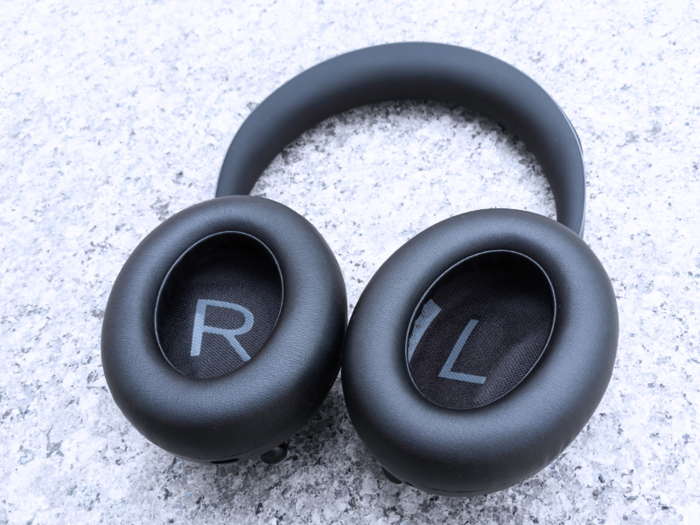
The Bose QC 35 II are one of the most comfortable and light headphones I've worn, and the Bose 700 are similar. They're a little tighter, the ear pads aren't quite as plush, and they're not quite as light as the QC 35 II, but they'll still please in the comfort department.
Speaking of comfort, I never felt like I need to charge the Bose 700 too often. The battery life is comfortably long that you rarely need to worry about it.
There are new touch controls, which are fine once you get used to them.
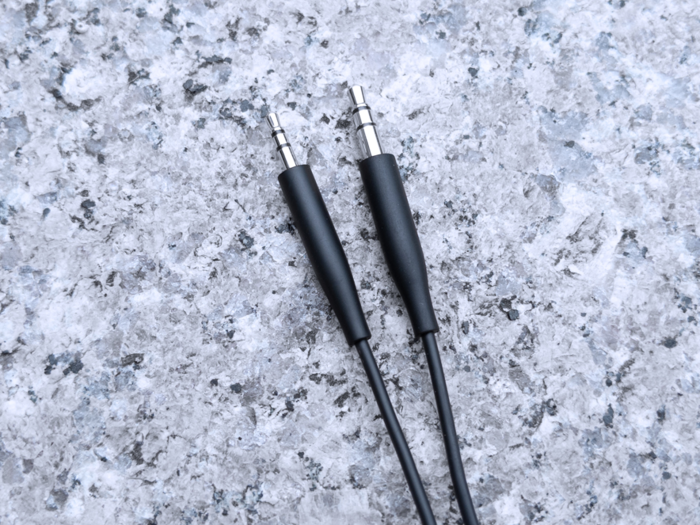
Almost every headphone brand offers a different combinations of taps, long taps, double/triple-taps, and swipes to control music and phone calls. Maybe it's because I try numerous headphones from different companies all the time, and I rarely get settled with headphone controls, but I typically find headphone controls confusing, at least at first.
Like anything you own, you'll learn and get used to the controls. The Bose Music app does a good job of showing you the ropes of the touch sensor on the right ear cup.
One little thing I'm not too pleased with: Bose includes a wire so you can get a wired connection for whatever device still has a headphone jack these days. The thing is, Bose chooses to use a 2.5mm port on their headphones for a wired connection. If that number seems odd to you, it's because you've probably seen the number 3.5mm more often, as 3.5mm ports and jacks are much more common, not to mention the industry standard in wired audio connections.
Don't worry, the 2.5mm jack is only designed to connect to the headphones themselves. The other end of the included cable is a standard 3.5mm jack you can plug in whatever device you want. The 2.5mm part just means that if you lose Bose's own included cable, you'll likely have to buy another cable from Bose or elsewhere, as you likely won't have another 2.5mm cable lying around.
One little feature that I love about Bose's recent headphones, and that I think is important, is the ability to use your headphones with more than one device.
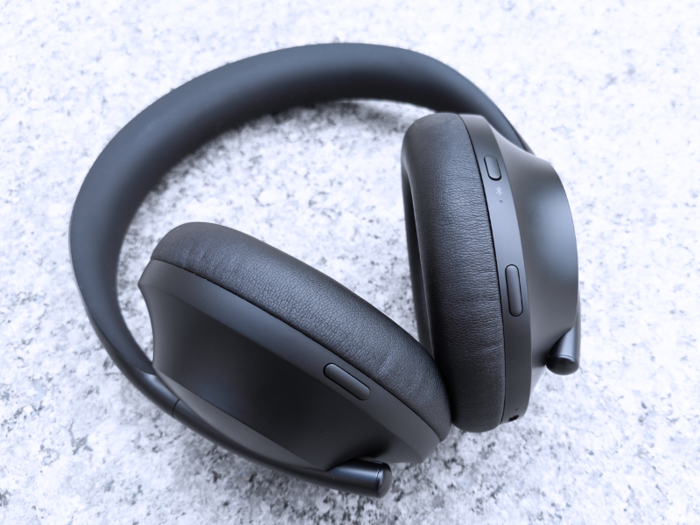
Bose adds "multipoint" technology to their headphones, and it makes a good bit of difference in how easy it is to connect to different devices.
Multipoint lets your Bluetooth headphones connect to two devices at the same time, making it easy to seamlessly switch between devices to listen to music or take phone calls. You rarely have to do anything to switch devices, just as long as you've already paired the headphones to the devices you want to connect to.
Without multipoint, switching between, say, a computer and a smartphone, isn't a seamless process. It usually requires putting your headphones into pairing mode and selecting your headphones on the device you want to switch to.
Should you buy these things?
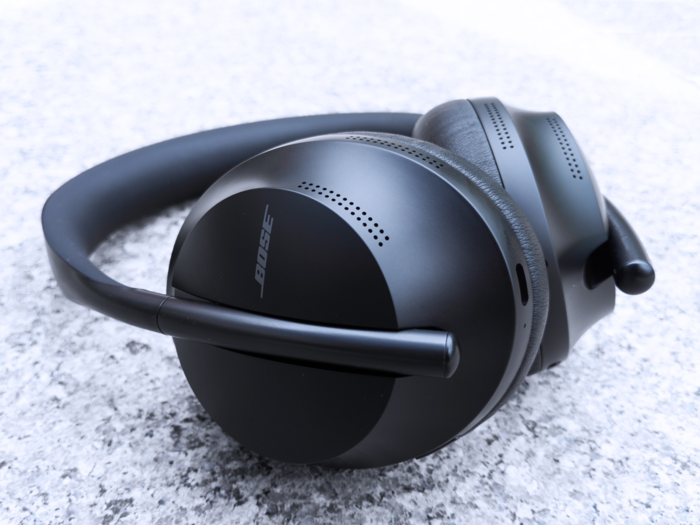
These are fantastic headphones, no doubt about it. I'm actually pleasantly surprised by Bose's $400 pricing for the 700 headphones. They're only $50 more than the $350 Bose QC 35 II and Sony WH-1000XM3. The company could easily have charged $450 for these things, considering the new design, new premium materials, and better noise cancelling for music and phone calls.
Still, $50 is $50. And I often see both the QC 35 II and Sony WH-1000XM3 discounted down to $300 — a $100 difference to the Bose 700 $400 price tag.
But there's one feature that sticks out and makes it easy to recommend the Bose 700 to a certain group of people. If phone call quality on headphones is important to you, especially in noisy environments, $400 is the price you need to pay. No other headphone I've tried comes close to the Bose 700 for phone call quality. With that said, maybe the Bose 700 will, one day, also get discounted later on in their lifetime.
If phone call quality is a minor thing for you, and you're really after audio quality and great noise cancelling to hush the world around you, you'd be happy with the $300-$350 QC 35 II or WH-1000XM3. Those slightly older and cheaper models are fantastic wireless noise-cancelling headphones — and if you own those either model, I wouldn't be rushing to buy the new Bose 700s. Unless, that is, you want the better quality phone calls.
But, remember what I said about the kind of audio you get with the Bose 700: clear and good is a given, but they're also a little conservative and less exciting and/or customizable than the Sony WH-1oooXM3, at least right now around launch time. I'm not sure yet how well Bose's upcoming equalizer option will work, but it could inject a little more excitement to your listening.
Popular Right Now
Popular Keywords
Advertisement